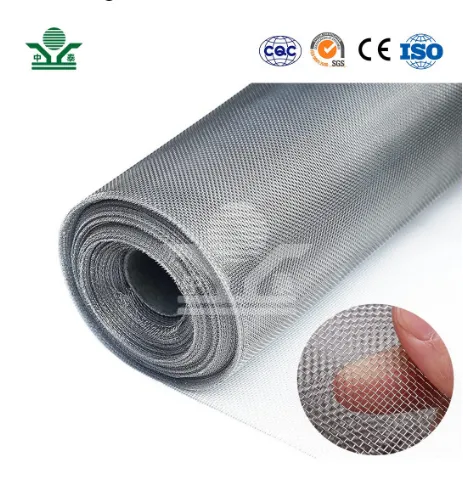The Transparent Sound Barrier A New Frontier in Acoustic Engineering
In recent years, the quest for innovative solutions to manage sound pollution has led to the development of the concept of 'transparent sound barriers.' These structures represent a revolutionary approach to controlling noise without the visual obstructions typically associated with traditional sound barriers. As urban areas expand and infrastructure projects proliferate, the importance of managing sound becoming ever more critical, leading experts to explore the potential of transparent materials to mitigate noise while preserving the aesthetic quality of environments.
Traditional sound barriers, often made of concrete or wood, have been effective in reducing noise from highways, railways, and industrial areas. However, their bulky and opaque nature can disrupt natural landscapes and detract from urban beauty. This is where transparent sound barriers come into play. Constructed from materials such as acrylic or polycarbonate, these barriers maintain visibility, allowing light to pass through while effectively dampening sound waves. The result is a harmonious integration of functionality and design, accommodating both the needs of urban planners and the desires of community residents.
The underlying science of transparent sound barriers revolves around the principles of acoustics. These barriers function by deflecting, absorbing, and scattering sound waves. Their effectiveness is influenced by factors such as material properties, thickness, and height. By carefully designing these structures, engineers can optimize their acoustic performance while ensuring they remain visually appealing. Research and advancements in material science have led to the creation of lightweight and durable options that can withstand environmental stressors while delivering superior sound reduction.
transparent sound barrier

One of the most significant advantages of transparent sound barriers is their versatility. They can be employed in various settings, including highways, railroads, and near busy urban centers. In residential neighborhoods, these barriers can provide a peaceful living environment without obstructing scenic views. Additionally, they can be adapted for use in parks or recreational areas where maintaining a natural atmosphere is essential. By minimizing noise pollution, communities can promote better mental health and enhance quality of life.
Yet, while the promise of transparent sound barriers is enticing, it comes with challenges. The initial cost of installation may be higher than traditional barriers, and long-term maintenance is crucial to ensure their clarity and effectiveness. Environmental concerns, such as the impact of manufacturing and disposal of these materials, also warrant attention.
In conclusion, transparent sound barriers represent a promising advancement in acoustic engineering. By addressing the needs of noise reduction without compromising visual aesthetics, they offer an innovative solution for modern urban challenges. As research continues and technology evolves, these barriers could become a standard feature in urban planning, paving the way for quieter, more beautiful environments. As communities strive for balance between development and tranquility, the transparent sound barrier stands as a beacon of hope for a more harmonious coexistence with sound in our daily lives.
-
The Best Metal Mesh Solutions: Expanded Aluminum Metal vs. Expanded Stainless Steel Metal
NewsSep.10,2024
-
Round Perforated Sheets vs. Hexagonal Perforated Sheets vs. Embossed Perforated Sheet Metal
NewsSep.10,2024
-
Perforated Metal Sheets
NewsSep.10,2024
-
Experience The Excellence Of Stainless Steel Grating
NewsSep.10,2024
-
Discover the Versatility Of Metal Mesh Expanded Forming Machines
NewsSep.10,2024
-
Discover The Advantages Of Steel Grating For Sale
NewsSep.10,2024
Subscribe now!
Stay up to date with the latest on Fry Steeland industry news.

